Four years of updates on Samsung phones: Will it make affordable smartphones more sustainable?
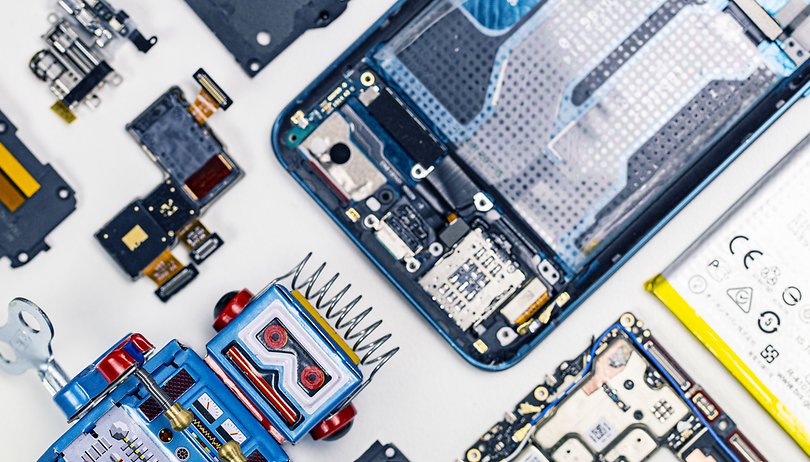

Samsung announced recently that it will offer up to four years of Android security updates for some of its smartphones. This includes mid-range models like the Samsung Galaxy A52 that is set to be announced soon. But will this effort make people hold on to their affordable smartphones for a longer period of time, or will they maintain their old habit of purchasing a new phone every one or two years?
One of the main causes of programmed obsolescence of a smartphone, besides the lack of available spare parts from the manufacturer, would be software updates. This is particularly true with Android, where there is still much work that needs to be done in terms of regular software updates.
While most manufacturers have committed to offering two years of major updates (Android versions) and three years of security patches as required by Google on average, this promise is mostly reserved for flagship devices. If you're talking about entry-level and mid-range smartphones, then such a famous "software support" promise is far less believable in practice, albeit there are a few exceptions to date.
It is logical that a high-end smartphone that is sold for about €1,000 is more likely to be regularly updated and for a longer period of time, as the 'investment' made must be profitable enough to keep the buyer happy in the long run.
But I find it less justified (although rather logical), that a €200 or €300 smartphone, like the OnePlus Nord N10, is deprived of updates only one or two years after its release. So Samsung's decision to offer 4 years of software support should fill me with joy and hope for a more vibrant smartphone market, correct? Unfortunately not - even though there is a sliver of hope, but overall no.
Software support the better solution for longer-lasting phones than hardware?
In fact, this question really depends on the definition that we attach to the notion of quality/price ratio. Do we prefer the best technical specifications at a high price, obtaining a rough quality/price ratio, or do we prefer a smartphone that simply remains functional for a longer period of time, which would be a long-term quality/price ratio?
Hold on dear readers, I'm going to illustrate my argument with a forbidden word that may trigger or "anger" many: iPhone SE 2020. That's it, breathe, I have said it. The bad word will soon disappear but it is necessary to begin my premise.
Many technophiles, myself included, have not been too happy with the "entry-level" iPhone, which had very average hardware specifications compared to Android, and Apple even had the audacity to sell it for €489 when it was released.
Yes, it's undeniable that the price/performance ratio of the iPhone SE 2020 was, on paper, inferior to many of its Android competitors at equivalent prices (immediate price/performance ratio). But how many of those same competitors could claim that they would still be updated over the next 5 years, like the 2020 iPhone SE? NONE! This illustrates the long-term value for money proposition.
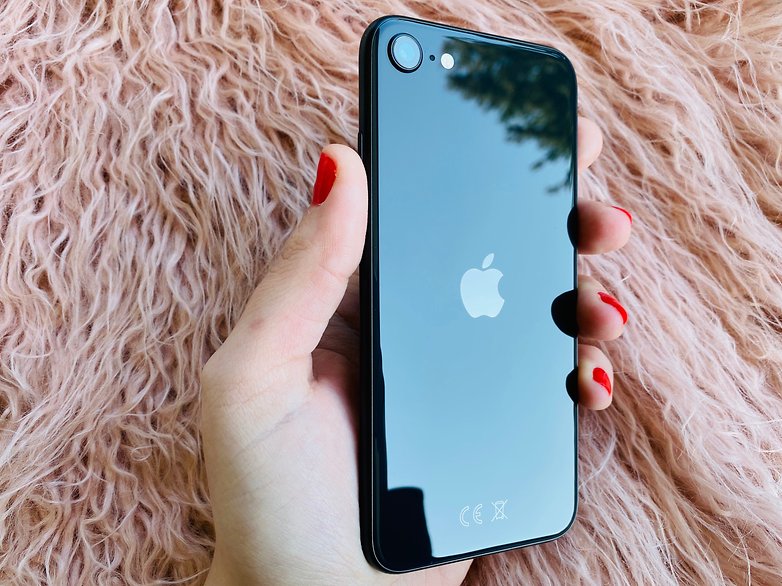
What's the point of having a solid hardware specifications sheet and a competitive price if my smartphone will only receive one Android update and two years of security patches, even so once every three or even six months?
You can even push the idea further and say that hardware specifications are pretty much a moot point as they are destined to be outdated after a few months, especially with the mid-range and entry-level devices. You might as well focus on a good and long-lasting software follow-up, even if that means making some compromises on the hardware front.
With that in mind, Samsung's promise to "keep alive" even some of its most affordable smartphones seems to be a perfectly appropriate move. But in my opinion, there's absolutely nothing revolutionary about it. It is in fact, intentional, or a shrewdly calculated move on Samsung's part.
Sustainability is a healthy business model for consumers, but very unprofitable for manufacturers. So don't expect miracles or that smartphones under €400 will benefit from the same software longevity as flagships, with a few exceptions.
Major update vs. security patch: Long shelf life has a price
Adopting the logic of the link between a longer shelf life and software updates, we could therefore say that there is a paradox in terms of quality/price ratio between so-called affordable Android smartphones and their software life. This paradox is all the more critical as we've seen a convergence between mid-range and high-end smartphones in terms of technical specifications over the past few years.
The issue of upgrades, therefore, remains as one of the last few key points in separating the mid-range and high-end markets. It would be very counterproductive for a manufacturer to erase this line of demarcation by extending the life expectancy of its least expensive and therefore least profitable models.
Yes, 4 years of security updates do not mean 4 years of Android updates for all Samsung smartphones. We all know the distinction between major updates, which is a new version of Android, and security updates for bug fixes and vulnerabilities.
The latter has the tendency of being more important than the former for some time now, with YouTuber Tech Altar (video below) explaining it in greater clarity below. But for the average consumer, having the latest Android version and its famous "features" are more important than a security patch.
Okay, so Samsung is a bad example, since it's one of the top performers when it comes to Android updates. The manufacturer is trying to keep up with Google and offer 3 versions of Android for some of its smartphones, even mid-range ones. This is the case for the Samsung Galaxy A51, for example, which was sold for €379 at the time of its release and should therefore receive Android 13 in 2022. This level of software support is definitely far more advanced than many flagships that are sold at two or even three times its price.
However, this comparison with Google is misleading. Indeed, Samsung will offer 4 years of security updates. Unfortunately, the release of these security patches will greatly depend on what kind of smartphone it is - which is different from Google's Pixel range.
Samsung shared that some smartphones will receive monthly security updates, and these will mainly be the flagships and some of the more affordable exceptions. For its mid-range and its "old" flagships (from the Galaxy S9 onwards), the security update rollout will happen every quarter or 4 months but is only limited to just two years. For the remaining two years, the updates will only arrive twice a year.
So while these updates will now continue for four years instead of three, in some cases you'll find yourself with more sporadic updates for most of the time. Does having updates for a longer period of time but at a lower frequency really make you hold on to your smartphone longer? I would argue not, at least not for the mid-range.
Long term use and the mid-range smartphone is incompatible
The disparity in updates between mid-range and high-end devices is obviously motivated by financial reasons. It is not cheap to maintain software in the long run, and there are also manufacturing costs to factor in as well. Cost that would not amortize, at least in the eyes of the manufacturer, means it is easier to keep the price of its mid-range models affordable compared to flagships whose margins are more important.
But in my eyes, the problem lies mainly in the fact that an affordable smartphone is not intended to last for more than 2 years at the current rate in which technology progresses. In our survey this week, where we asked about your smartphone purchasing criteria, illustrated this train of thought clearly.
The simple majority of respondents, 47% of them, said that they buy a new smartphone every two years. And the absolute majority of the readers surveyed (51%) set the budget for a new smartphone at around €400. It is precisely because affordable smartphones are less of a financial burden than flagships that their owners are more likely to upgrade more frequently.
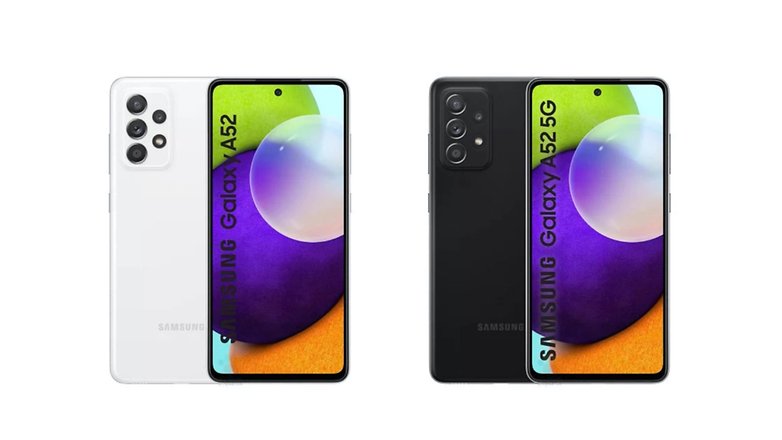
Apart from environmental reasons, no smartphone manufacturer has any interest in making its mid-range or entry-level smartphones more long-lasting with a four-year software update program instead of just two or three.
Yes, I was told that my logic could also be reversed, like the chicken and egg story. Do we change our affordable smartphone every two years because it is no longer updated after that? Or do affordable smartphones stop receiving updates after two years because too few people still use them after that time?
I'll let you decide, as they are both equally valid. Personally, I think the latter is more likely. It's probably my cynicism that makes me think this, but I'm convinced that sustainability is first and foremost related to consumption habits.
It is in our nature to always want more and something better than what we have at a given moment. There is a reason why marketing obsolescence, not programmed obsolescence, works so well. The blackmail of novelty will almost always prevail as long as it remains profitable, for both the manufacturers but also and especially for buyers.
Consumers will prefer to buy a new model every two years and benefit from regular updates during those two years, as well as the latest Android version as opposed to using the same model for four years and receiving 4 or even 6 times fewer updates across the final two years of use before moving on to a new device.
But as it happens so often, I want to be wrong and see my pessimism and cynicism contradicted by an awareness of the market and its players. Perhaps this increased long-term viability of mid-range smartphones will begin a transformation of this market segment. But will a high-performance, long-lasting mid-range smartphone still be affordable then? Let us know in the comments below!











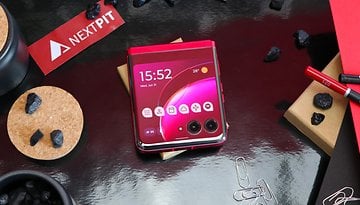

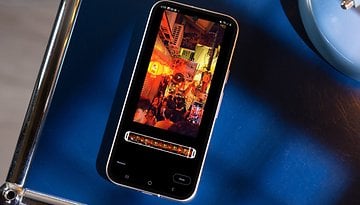


It's a good and worthy goal. If the phone also has a user-replaceable battery, even better as most lithium ions won't last 4 years with a useful life at the start of year 4. Roll some Fairphone ideas into it and it would be a tempting thing, at least for me.